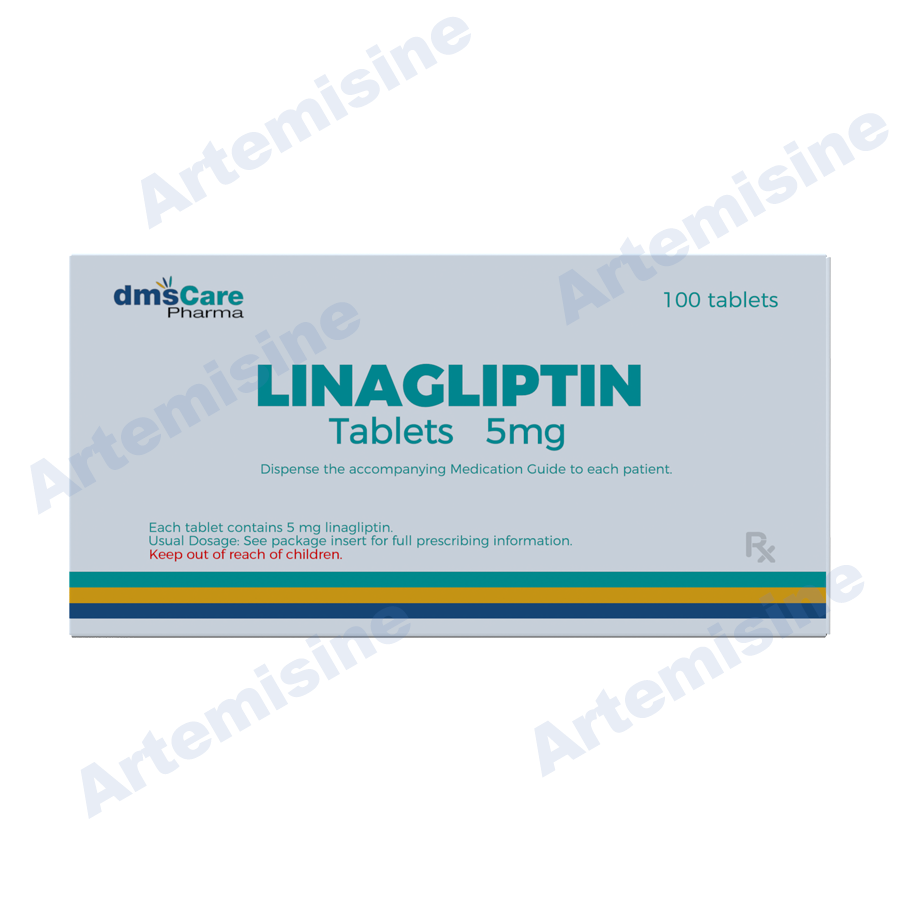Product Description
Products name:
Linagliptin Tablets 5mg
Contact:
Linagliptin 5mg each tablet
Package:
100 tablets/ box
What is linagliptin?
Linagliptin is used together with diet and exercise to improve blood sugar control in adults with type 2 diabetes mellitus. linagliptin is not for treating type 1 diabetes.
Linagliptin may also be used for purposes not listed in this medication guide.
Linagliptin side effects
Get emergency medical help if you have signs of an allergic reaction (hives, rash, itching, peeling, difficult breathing, swelling in your face or throat) or a severe skin reaction (fever, sore throat, burning eyes, skin pain, red or purple skin rash with blistering and peeling).
Stop taking linagliptin and call your doctor right away if you have symptoms of pancreatitis: severe pain in your upper stomach spreading to your back, with or without vomiting.
Linagliptin may cause serious side effects. Call your doctor at once if you have:
- severe or ongoing pain in your joints;
- a severe autoimmune reaction–itching, blisters, breakdown of the outer layer of skin; or
- symptoms of heart failure–shortness of breath (even while lying down), swelling in your legs or feet, rapid weight gain.
Common side effects of linagliptin may include:
- runny or stuffy nose, sore throat;
- cough; or
- diarrhea.
Warnings
linagliptin can cause severe, life-threatening pancreatitis (inflammation of your pancreas). Stop taking linagliptin and call your doctor at once if you have pain in your upper stomach that may spread to your back, with or without vomiting.
Also call your doctor if you have symptoms of heart failure, such as swelling, rapid weight gain, or shortness of breath (even while lying down).
Before taking this medicine
You should not use linagliptin if:
- you have ever had a severe allergic reaction to linagliptin (breathing problems, swelling, severe skin rash); or
- you have diabetic ketoacidosis (call your doctor for treatment).
Tell your doctor if you have ever had:
- heart problems;
- kidney disease;
- pancreatitis;
- high triglycerides (a type of fat in the blood);
- gallstones; or
- alcoholism.
Tell your doctor if you are pregnant or breastfeeding.
Follow your doctor’s instructions about using this medicine if you are pregnant or you become pregnant. Controlling diabetes is very important during pregnancy, and having high blood sugar may cause complications in both the mother and the baby.
This medicine is not approved for use by anyone younger than 18 years old.
How should I take linagliptin?
Follow all directions on your prescription label and read all medication guides or instruction sheets. Your doctor may occasionally change your dose. Use the medicine exactly as directed.
You may take linagliptin with or without food.
You may have low blood sugar (hypoglycemia) and feel very hungry, dizzy, irritable, confused, anxious, or shaky. To quickly treat hypoglycemia, eat or drink a fast-acting source of sugar (fruit juice, hard candy, crackers, raisins, or non-diet soda).
Your doctor may prescribe a glucagon injection kit in case you have severe hypoglycemia. Be sure your family or close friends know how to give you this injection in an emergency.
Blood sugar levels can be affected by stress, illness, surgery, exercise, alcohol use, or skipping meals. Ask your doctor before changing your dose or medication schedule.
Linagliptin is only part of a treatment program that may also include diet, exercise, weight control, blood sugar testing, and special medical care. Follow your doctor’s instructions very closely.
Store at room temperature away from moisture and heat.
Dosage information
Usual Adult Dose for Diabetes Type 2:
Recommended dose: 5 mg orally once a day
Comments: When used in combination with insulin or an insulin secretagogue, a lower dose of the insulin secretagogue or insulin may be necessary to reduce the risk of hypoglycemia.
Use: As an adjunct to diet and exercise to improve glycemic control in adults with type 2 diabetes mellitus
